
Growing your own food doesn’t have to be a time-intensive project. Start small and expand as your time permits. There’s nothing as satisfying as walking out your door to prune a sprig of rosemary, pick a handful of blackberries and cut a bowl of arugula fresh from your garden. Now that’s what I call hyperlocal food.
Make a Plan
Pick an area of your yard that receives a minimum of six hours of sunlight; the south side of house will receive the most light. Your edible garden can be one large section or a few smaller areas with your plants distributed among them. Next, make a list of fruit, veggies and herbs that you enjoy eating often and narrow your list down based on plant hardiness for your region; available growing space; and what tastes best fresh. Herbs and lettuces are always better right from the garden than store bought. Before you dig in, map out your plan.
Renovating your home?
Find out what your home's worth, edit facts, and see the impact of home projects.
Bed Type and Soil Quality
Renovating your home?
Raised beds (see instructions here) are a great option if you want to get started right away. At the Washington Youth Garden, we make sure to use non-pressure-treated wood that is rot resistant, such as cedar. Our raised bed plan includes rodent-proof hardware cloth and PVC hoop attachments so you can add row cover or plastic for season extension. Purchase a 50-50 mix of topsoil and compost. You’re ready to plant!
If you’re starting your garden in the ground, make sure your planting area is weed free, has topsoil rich in organic matter and is well drained to prevent root rot. Remove the grass, till the soil and add compost at 5 pounds per 100 square feet. Another option is to use the lasagna gardening method. This no-till gardening involves layering newspaper, dried leaves or straw, and compost directly on top of grass. Start this process in the fall to allow the organic material to break down and turn into ready-to-plant soil come spring.
Companion Planting
This is exactly what it sounds like; even veggies need companions! By planting different types of plants together, you can grow healthier plants, save space, prevent pest problems and improve flavor. Learn more from Mother Earth News. Here’s what to plant together:
- Corn and pole beans: Beans add nitrogen to the soil, and corn needs nitrogen to grow, plus corn will provide a sturdy stalk for the pole beans to climb.
- Lettuce and tall flowers: Cleome and zinnias will provide the needed shade in the heat of the summer to keep lettuce from bolting. Plant the tall flowers in a row on the north side of your lettuce row. This way the lettuce will still receive morning sun but will be shaded during the afternoon heat.
- Cabbage and dill: These are a magnificent culinary combination, plus dill is known to keep away cabbage pests.
Perennial Edibles
If you plan on living in your house for years to come, consider planting edible perennials. Asparagus, rhubarb, tree fruits and berries take a few years to get established but once they start producing they are low-maintenance plants that provide delicious produce. Figs, sorrel and alpine strawberries are favorites at The Washington Youth Garden.
Looking to save money on your mortgage?
Pollinators and Habitat
Plant flowering shrubs, native grasses and herbs to invite bees, butterflies and birds into your garden. Remember that bees pollinate a third of all the food we eat! Consider planting these to diffuse damaging westwardly winds.
About Nadia Mercer and the Washington Youth Garden
Nadia Mercer manages the Washington Youth Garden’s educational garden at the U.S. National Arboretum. The garden is a living classroom that provides a unique, year-round environmental science and food education program for D.C. youth and their families.
Note: This is a guest post; the views and opinions expressed are those of the author and do not necessarily reflect the opinion or position of Redfin.


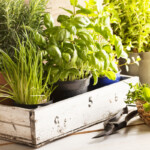


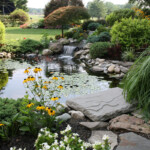

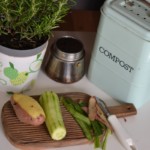

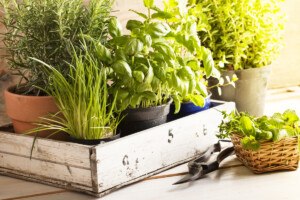
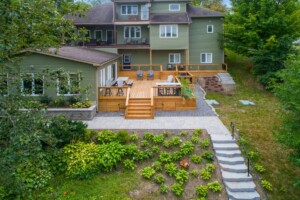

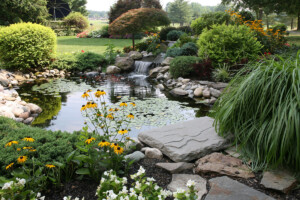

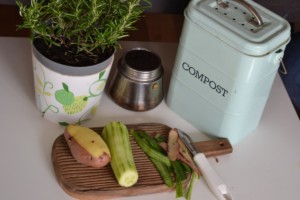












 United States
United States Canada
Canada